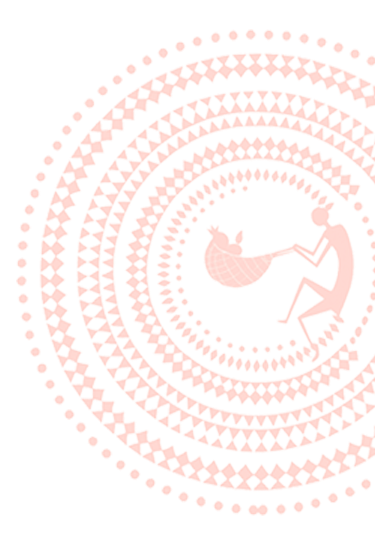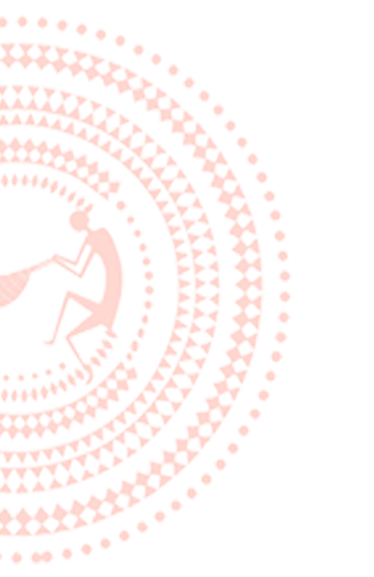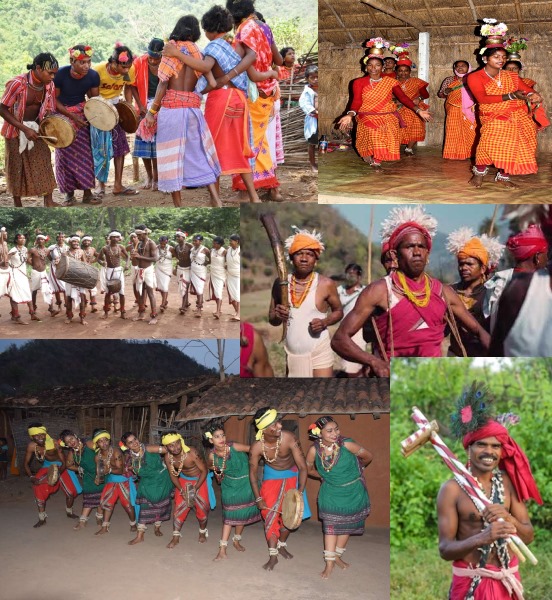


Adivasi Mela: A Celebration of Tribal Culture and Heritage
The Adivasi Mela is an annual cultural and trade fair organised by Academy of Tribal languages and Culture on behalf of the ST & SC Development, Minorities & Backward Classes Welfare Department, Government of Odisha that celebrates the rich cultural heritage and traditions of the native tribal communities. It was first organized in 1951 and has since grown into one of the most significant events of its kind, attracting visitors from across the country and beyond. The Mela serves as a platform for the tribals to showcase their vibrant culture, traditional arts, crafts, dances and folklore. It also provides an opportunity for tribal artisans, self-help groups and entrepreneurs to exhibit and sell their products, thereby promoting economic empowerment and cultural exchange. Held annually in Bhubaneswar, the state capital, the Mela features a wide variety of cultural performances, traditional crafts, tribal cuisines and folk music. Visitors can experience the authentic lifestyle of Odisha’s tribal communities through themed exhibitions like the Adivasi Gaon (Tribal Village) and Adivasi Haat (Tribal Market) which offer a glimpse into the indigenous ways of living. The Mela also provides a space for government departments and organizations to introduce their welfare programs, policies and schemes that aim to improve the livelihoods of tribal communities.
Over the years, the Adivasi Mela has become an important event not only for celebrating tribal culture but also for fostering awareness and promoting the socio-economic development of tribal communities. The Mela serves as a bridge between the tribals and the rest of society, highlighting their contributions and struggles while showcasing their unique identity. Adivasi Mela 2025: A Landmark International Celebration In 2025, the Adivasi Mela reached new heights with the theme "Tribal Identity" and was organized as an international festival coinciding with the Pravasi Bharatiya Divas, celebrating the contributions of the Indian diaspora. Held at the IDCO Exhibition Ground in Bhubaneswar from January 5, the 12-day event attracted millions of visitors and participants from various corners of India and the world. The theme "Tribal Identity" took centre stage throughout the festival, emphasizing the importance of preserving and promoting the distinct cultural heritage of Odisha's tribal communities. The 2025 edition of the Mela featured several innovative additions that made the event even more vibrant and inclusive. Key Features of Adivasi Mela 2025 1. Adivasi Gaon: This thematic area replicated a traditional tribal village, bringing to life the customs, practices and lifestyle of twenty different tribal communities. Visitors could walk through the village, exploring traditional tribal houses, made with local materials, and gain insight into the ways of life that have been passed down through generations. From the layout of homes to the arrangement of tools and utensils, every detail was meticulously crafted to reflect the authentic living conditions of these communities. The Adivasi Gaon provided a comprehensive understanding of tribal culture, from daily activities to spiritual practices, offering visitors a deeper connection to the tribal way of life. 2. Adivasi Haat: Serving as a bustling marketplace, the Adivasi Haat showcased the handcrafted treasures of tribal artisans from across Odisha. In 180 stalls, tribal artisans and vendors displayed a wide variety of products, including handwoven textiles, traditional jewellery, pottery and wooden crafts. These stalls provided a platform for local artisans to present their work to a broader audience, promoting the sale of tribal goods and helping to sustain their cultural heritage. The Adivasi Haat was not only a marketplace but also a celebration of tribal craftsmanship, allowing visitors to purchase unique, handmade items, agricultural produce and collections of forest products, while supporting the livelihoods of tribal artisans, agri-farmers, and fostering economic empowerment. 3. Cultural Performances: The Mela was enriched by 49 tribal dance troupes (over 800 artists) from across the country, who performed a variety of folk dances, music and rituals. These performances reflected the diversity and vibrancy of tribal culture and played a significant role in attracting visitors to the event. Attractive traditional dance forms were showcased, offering a deep dive into the artistic heritage of Odisha’s tribal communities. 4. Departmental Stalls: Various government departments participated by setting up stalls to inform visitors about the initiatives and schemes aimed at the development of tribal communities. These included programs focused on education, healthcare, employment and welfare for the tribal populations. 5. New Additions: Tribal Freedom Fighters Pavilion: A dedicated space was created to honor the contributions of tribal leaders and freedom fighters, shedding light on their historical role in India’s independence struggle. This pavilion allowed visitors to learn about the unsung heroes of tribal history. Tribal Food Court: The introduction of a Tribal Food Court allowed visitors to taste a wide range of traditional tribal dishes. This culinary experience showcased the diversity of tribal cuisines, highlighting the unique flavors and ingredients used by various tribal groups. Focus on Tribal Identity: The overarching theme of "Tribal Identity" was woven into every aspect of the event. From cultural performances to exhibitions, the Mela reinforced the significance of tribal heritage and the need to preserve and promote it for future generations. Participation and Impact of Adivasi Mela 2025: Tribal WSHGs (Women Self-Help Groups): A total of 140 WSHGs participated, with 420 tribal women showcasing their entrepreneurial skills and selling a variety of handcrafted goods, textiles, and other products. This provided a significant economic boost for tribal women and their families. Tribal Dance Troupes: With 49 tribal dance troupes performing, the Mela became a melting pot of vibrant cultural expressions, with dance and music taking center stage throughout the event. Sales and Economic Impact: The Mela generated an impressive Rs. 8.5 crores in sales, providing a much-needed avenue for tribal artisans and self-help groups to reach a larger market. Visitor Engagement: The event attracted an overwhelming 9 lakh visitors from across India and abroad, making it a highly successful cultural and economic event. A Platform for Empowerment and Cultural Exchange Adivasi Mela 2025 not only celebrated tribal culture but also focused on empowering tribal communities through economic opportunities, cultural recognition, and social inclusion. By showcasing the tribal way of life, art, and cuisine, the Mela highlighted the contributions of Odisha’s tribal populations and ensured that their rich traditions continue to thrive. The event also served as a platform for fostering greater awareness of tribal issues, while promoting policy discussions around their welfare. With its new additions and international scope, the Adivasi Mela 2025 stood as a testament to the importance of cultural preservation and the ongoing journey of tribal empowerment.

Contact Us
© 2025 ATLC. All Rights Reserved and Registered.





